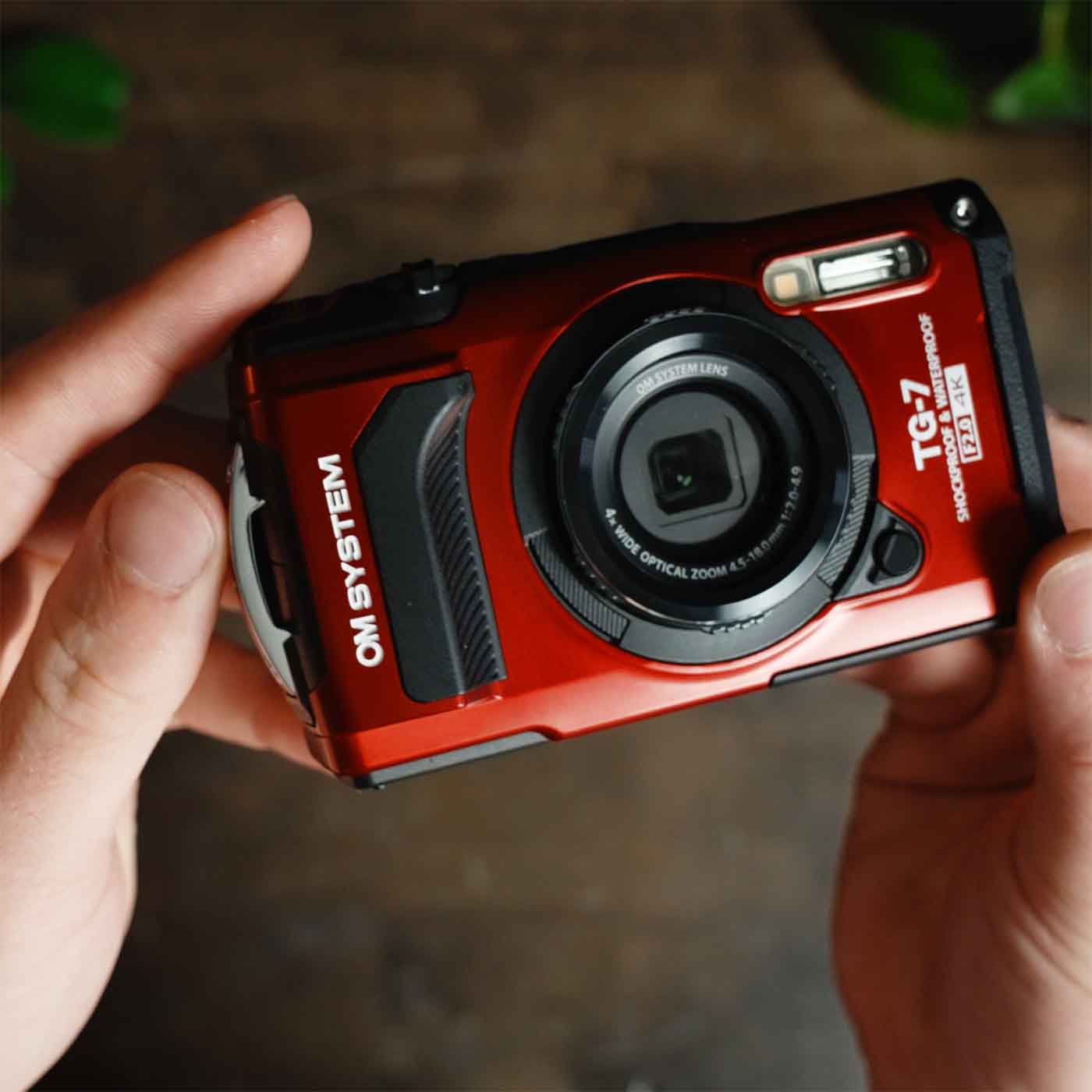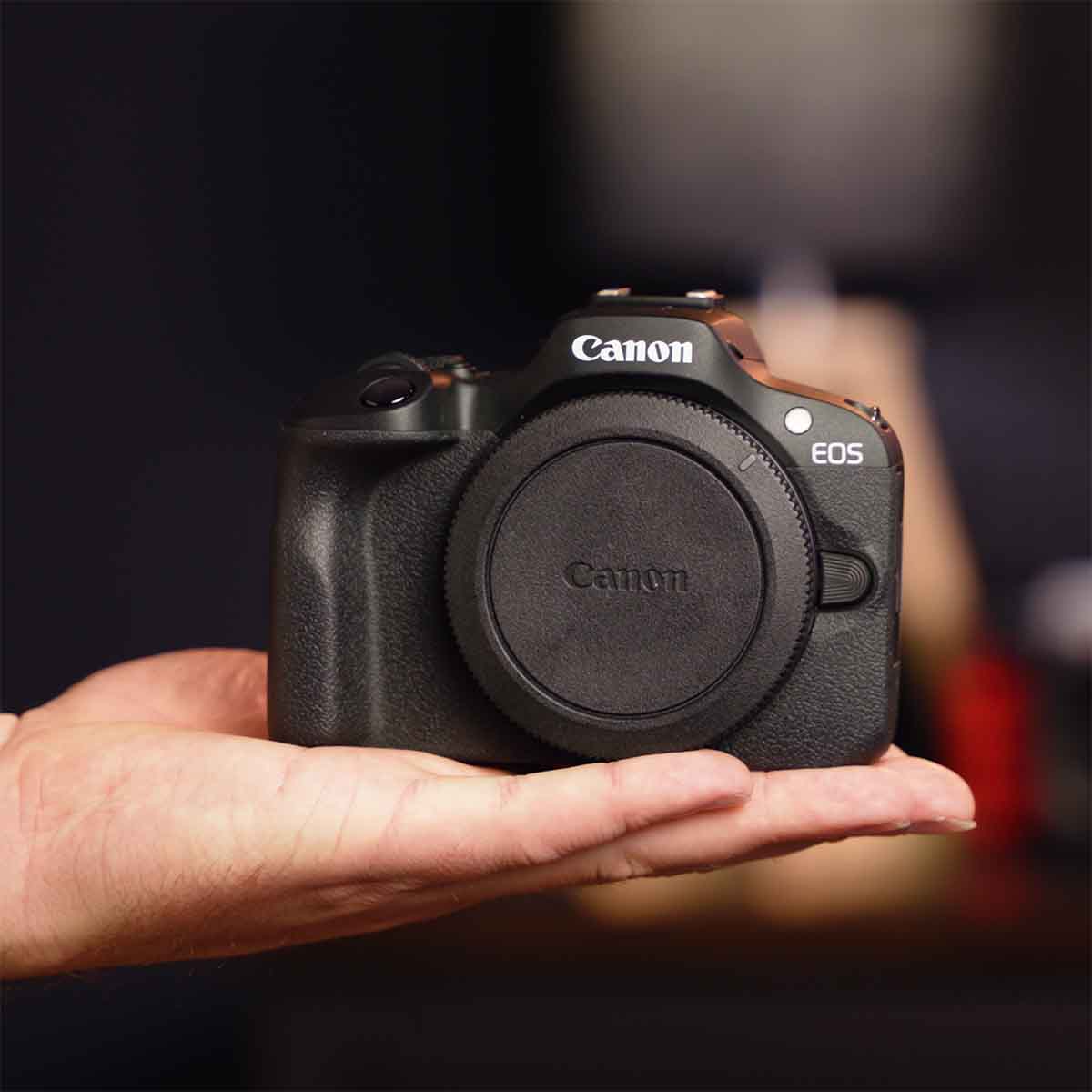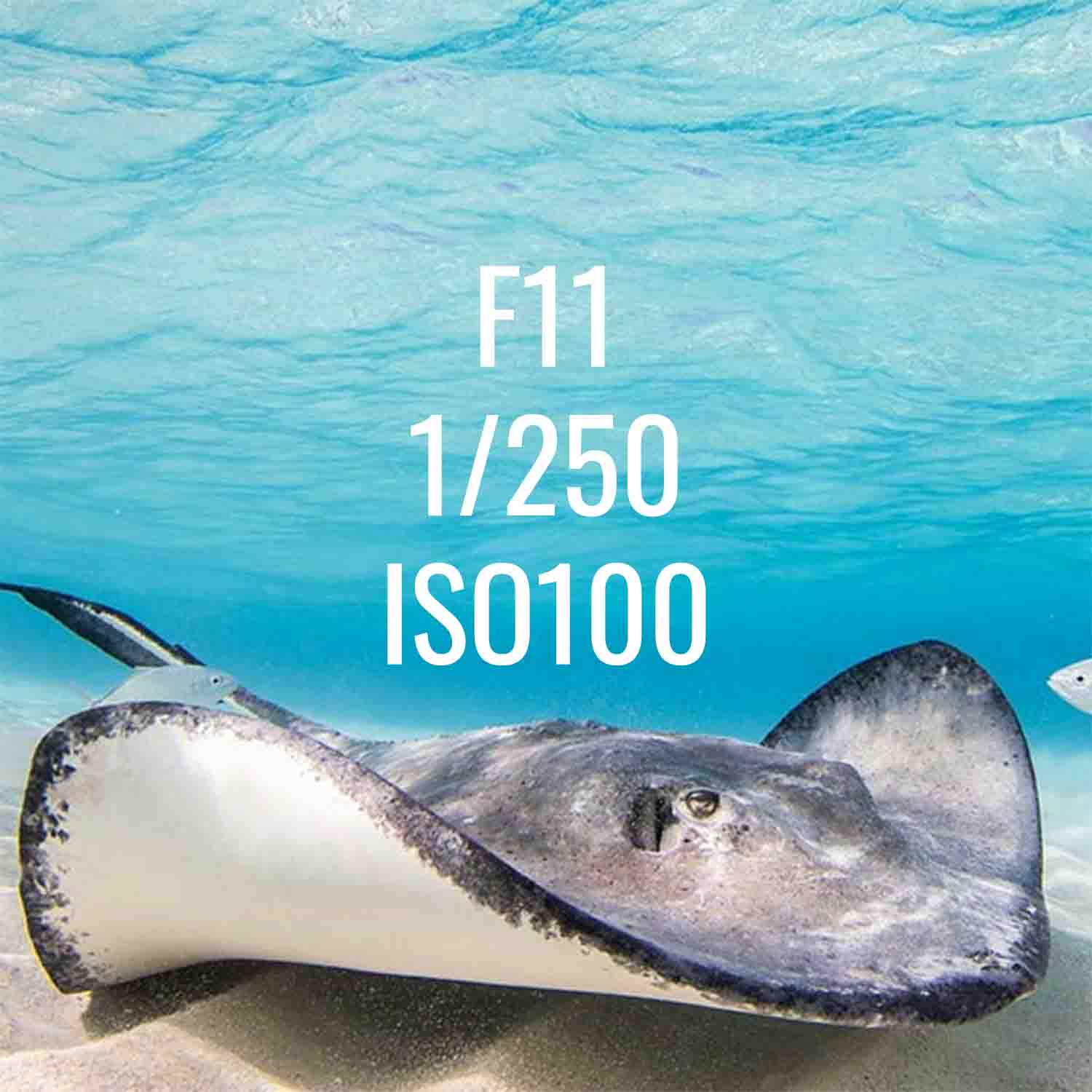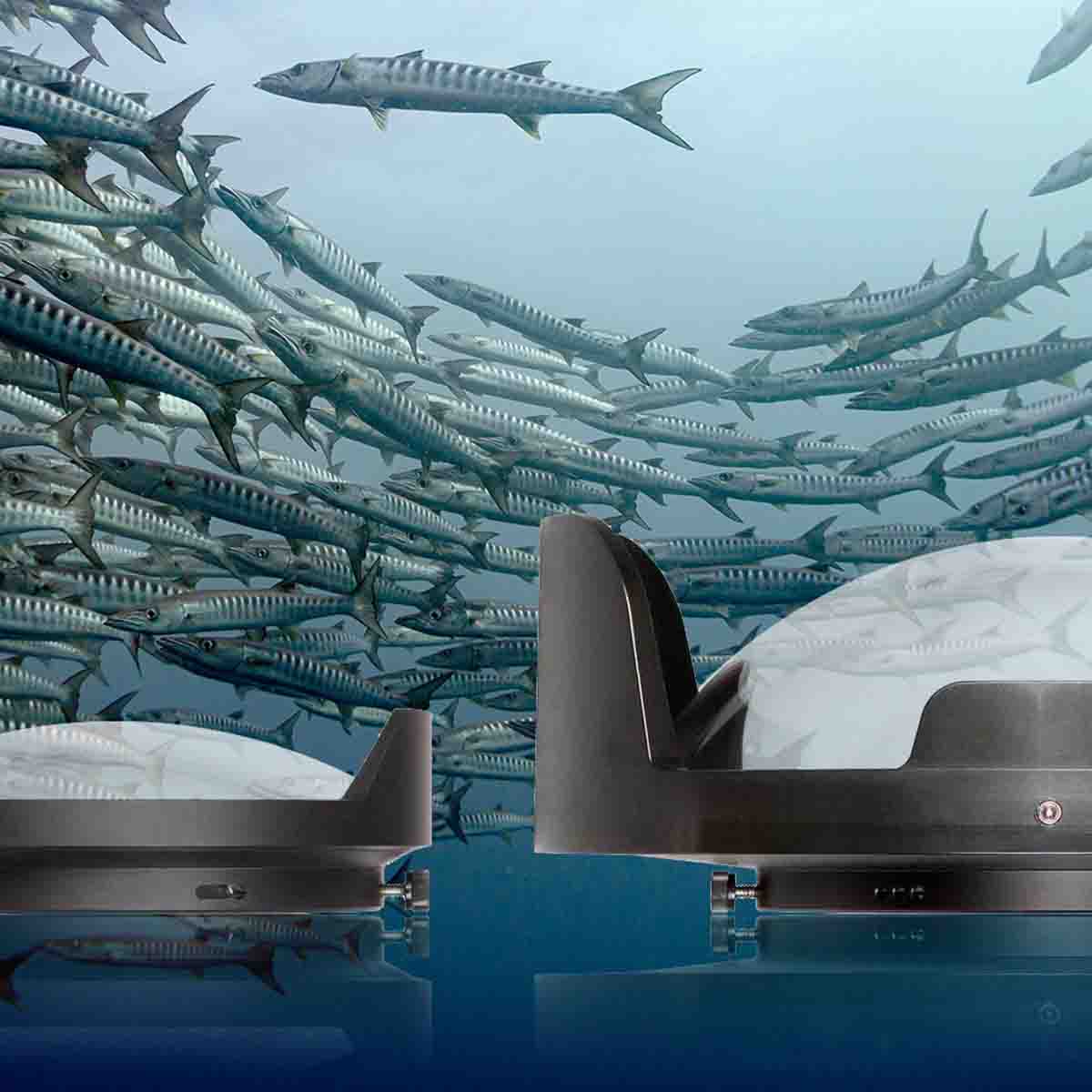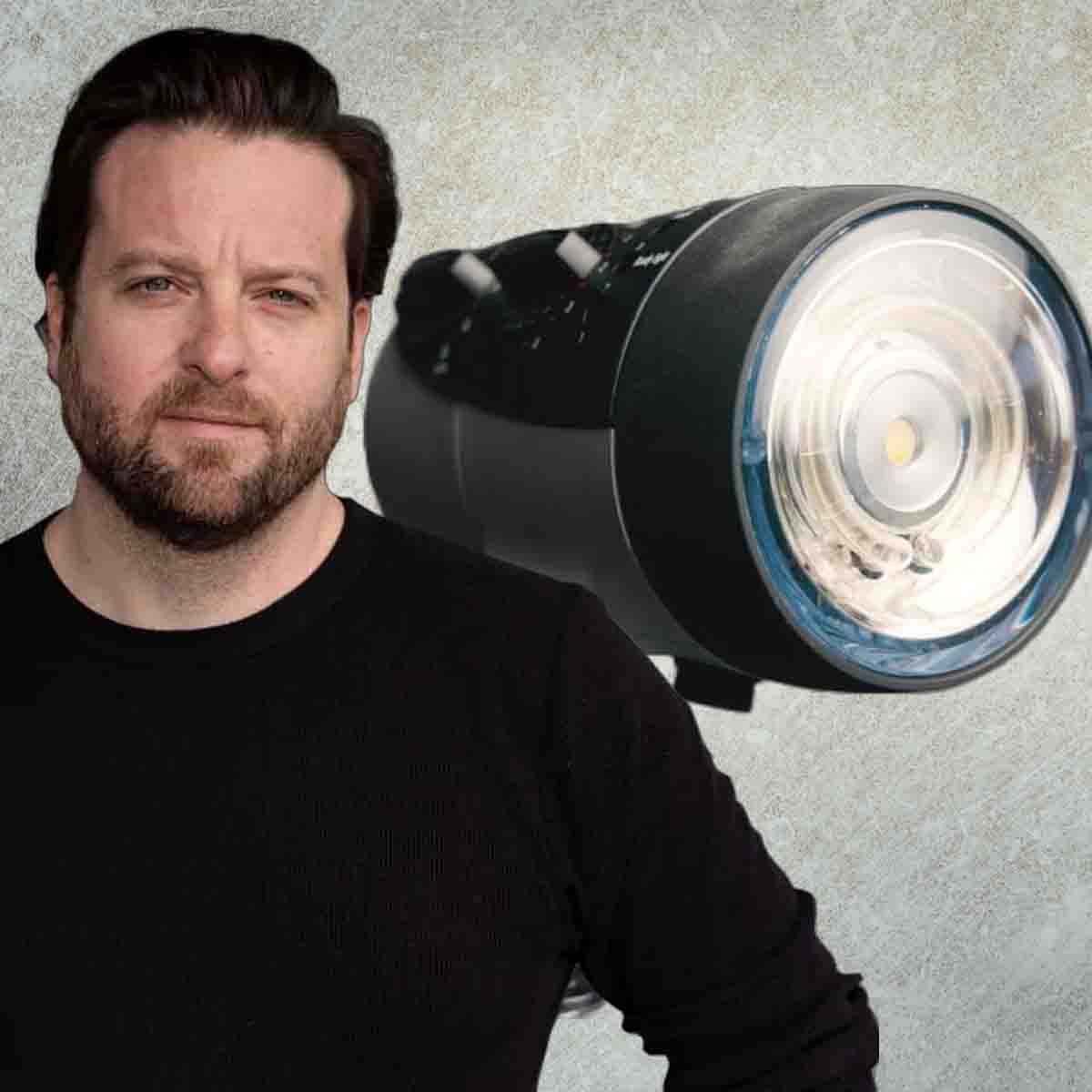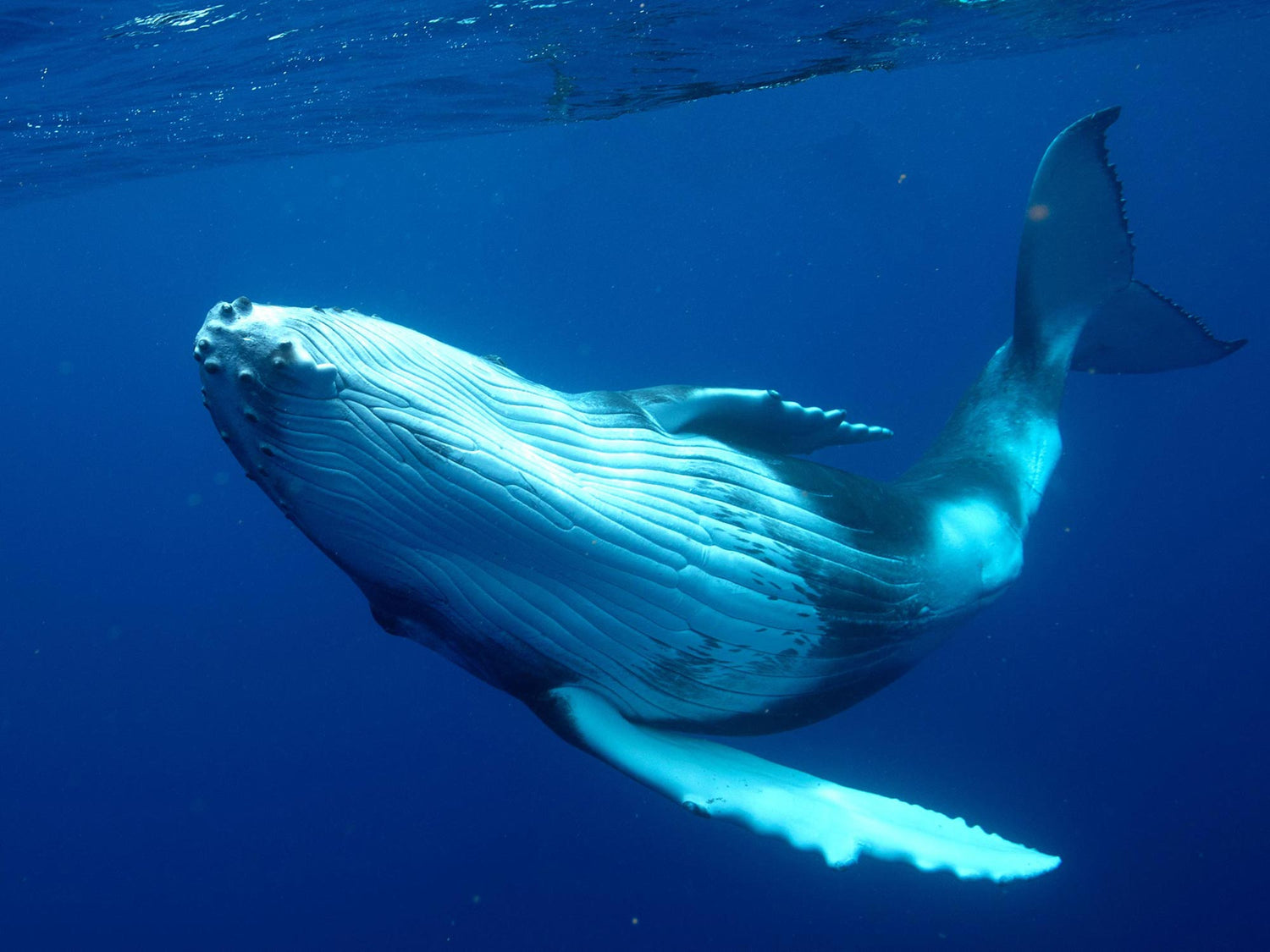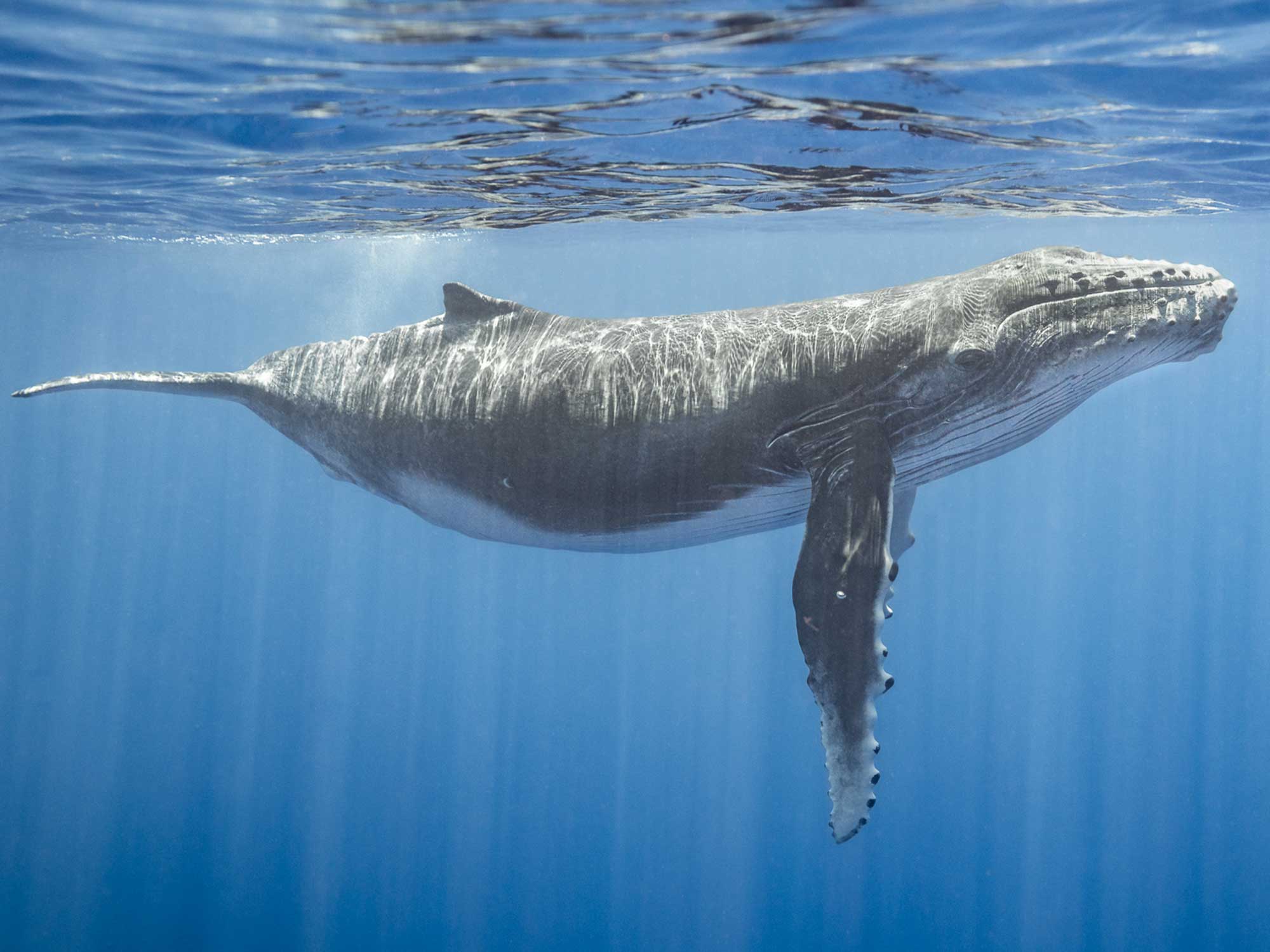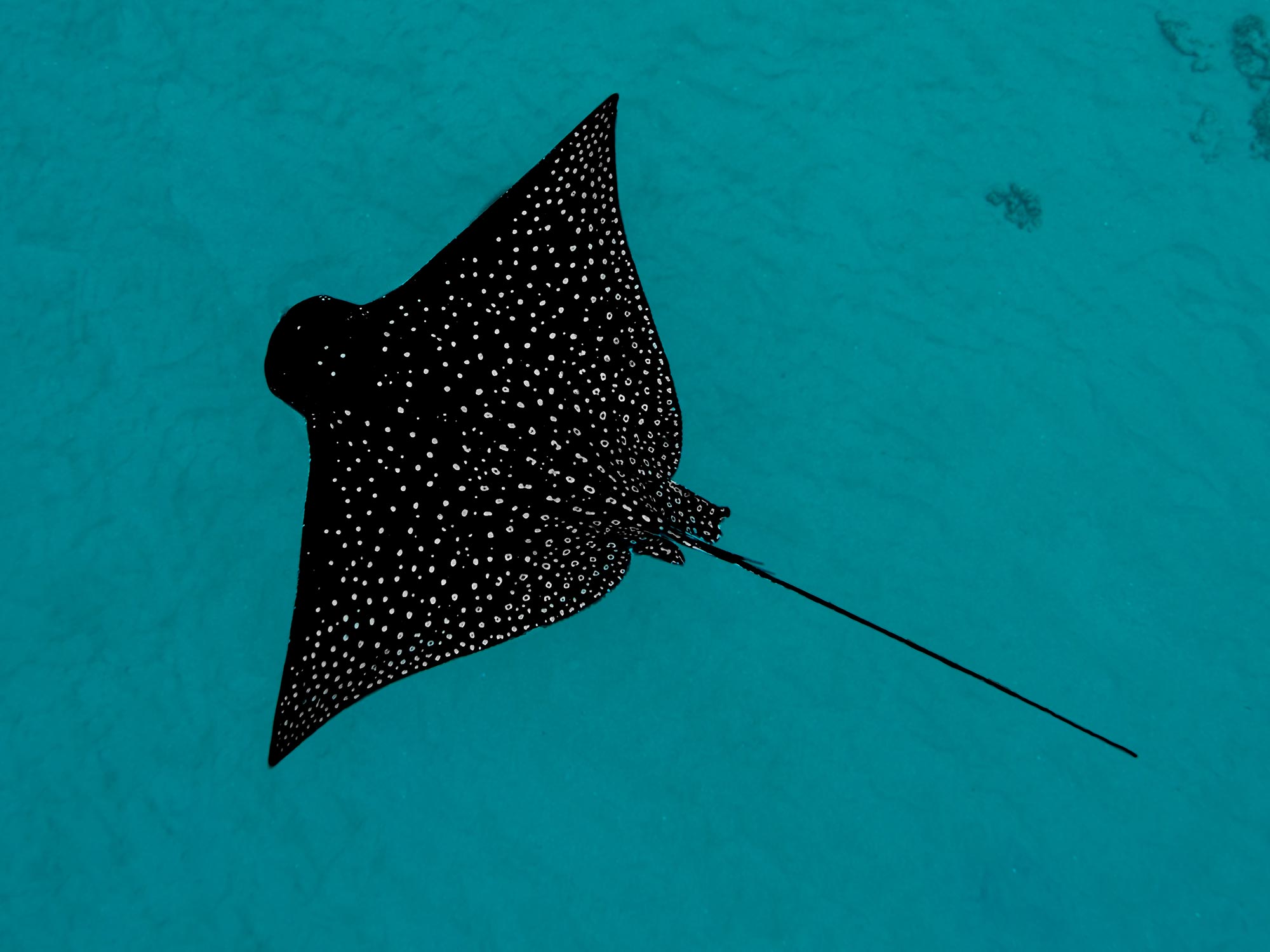Growing up in southern California, we would occasionally go out on whale watching trips to see grey whales. While I like to dive with many big animals like great whites, whale sharks turtles, and other sharks, when a trip came up to swim with the humpback whales in Tahiti I jumped at the chance!
The season for them in Moorea runs from about August through mid-November. Earlier in the season is better weather, later in the season is better for finding calves with their mom but weather may be less predictable.

F-11 • 1/640 • ISO 400 • 17 MM. Young calf playing and investigating the people in the water. © Gary Williams
There are restrictions to swimming with the whales: snorkeling with fins, but no scuba; no flash photography; either 100 yards for a solitary whale, or 300 if a calf; and no touching. It may take a long time to find a whale, but when a whale is spotted, be prepared to swim fast and hard to get to the whale, because the time you may get to spend with them is unpredictable.
Read more: When to Use a Compact 8" Dome Port Underwater

F-11 • 1/160 • ISO 400 • 17MM © Gary Williams
Normally I shoot in manual mode, but since the interactions with a whale can vary quickly, I did not want to waste time trying to set the right exposure. I set the camera in aperture priority mode, and high speed shutter repeat. All pictures were shot with a Canon 5D Mk IV inside an Ikelite Underwater Housing, Canon 17-40MM L lens inside the Ikelite 8inch Dome Port. While I also have the 8-15MM fisheye, I wanted to start with the bigger lens to see what range was required. Of course, that also depends on how close you choose to get to the whale. I started off a little further away, remembering that this is a big animal that can move fast, so clarity suffered a little. Of course, remember there are other divers who also want to see the whale. Several times I had to swim away because the whale turned quickly.

F-8 • 1/640 • ISO 800 • 40MM © Gary Williams

F-11 • 1/500 • ISO 400 • 40MM. Over/under learning to “spy hop” Notice the eye still under water. © Gary Williams

F-11 • 1/2500 • ISO 400 • 40MM. Another whale learning to "spy hop." © Gary Williams

F-11 • 1/250 • ISO 400 • 27MM. “I see you! Look at me!” © Gary Williams

F-11 • 1/160 • ISO 400 • 17MM. Mom and calf together. The difference in size is very apparent. © Gary Williams
 Gary Williams has always loved the water from growing up by the beach, surfing, evolving to sailboat racing, and finally to diving. His experience with diving has brought him to many countries, but he also likes to utilize his rescue diver certification as a volunteer diver at the Aquarium of the Pacific in Long Beach, California, as well as a rescue diver for power boat racing. He loves to share his experience underwater with non-divers, whether through work associates or guests at the aquarium. His underwater DSLR started with a Canon 60D, then 70D, and now a 5D Mk IV in a 200DL housing with dual DS161 strobes all along. Learn more about Gary and see his full photography gallery via his website www.bytebuilder.com
Gary Williams has always loved the water from growing up by the beach, surfing, evolving to sailboat racing, and finally to diving. His experience with diving has brought him to many countries, but he also likes to utilize his rescue diver certification as a volunteer diver at the Aquarium of the Pacific in Long Beach, California, as well as a rescue diver for power boat racing. He loves to share his experience underwater with non-divers, whether through work associates or guests at the aquarium. His underwater DSLR started with a Canon 60D, then 70D, and now a 5D Mk IV in a 200DL housing with dual DS161 strobes all along. Learn more about Gary and see his full photography gallery via his website www.bytebuilder.com
Want the easy way to improve your underwater photography? Sign up for our weekly newsletter for articles and videos directly in your inbox every Friday:
Additional Reading
Gray Whales, Blue Water | Photographing Humpback Whales in Moorea
Kingdom of Tonga Underwater with the Humpback Whales [VIDEO]
Canon EOS 5D Mark IV III Underwater Photos
Up Close and Personal: A Guide to Underwater Animal Portraits


